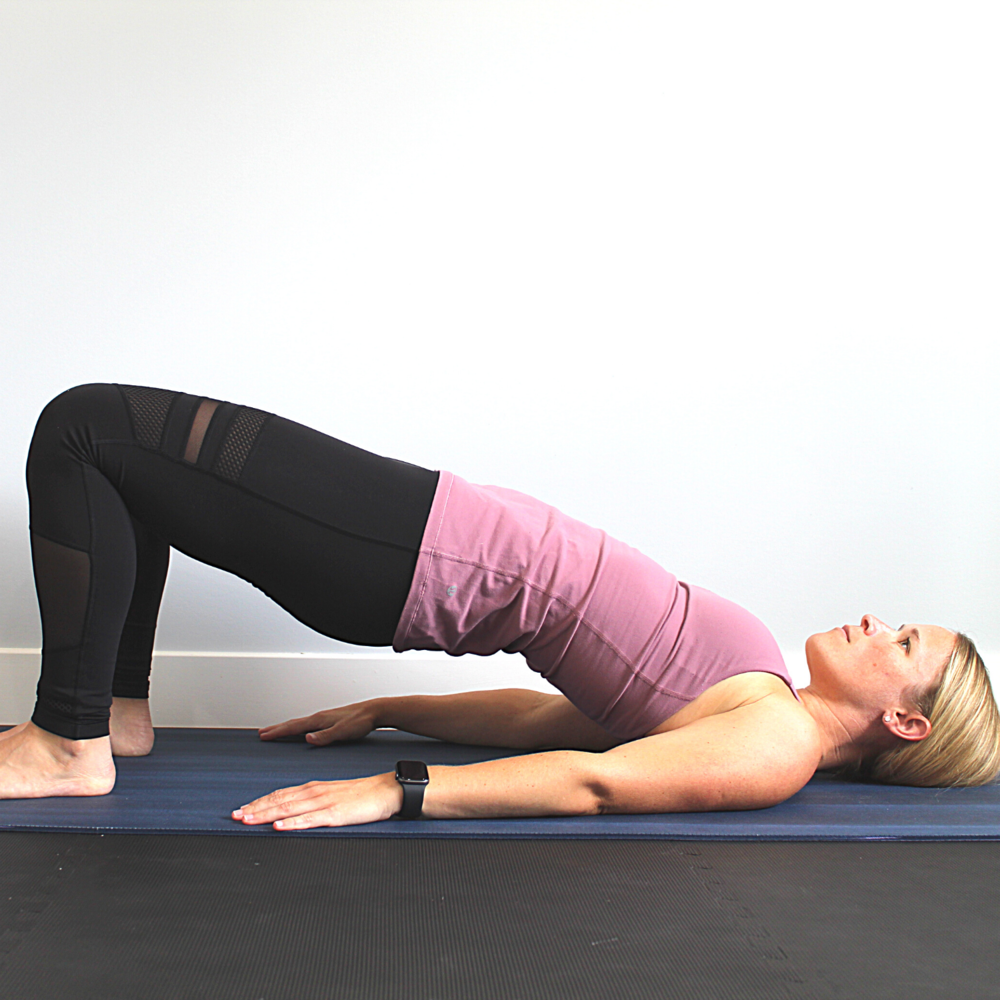Sometimes, the simplest solutions really are the best solutions. This is certainly true when it comes to our bodies, and especially our core. You can have the fanciest workout regimen going, but if you’re not simply breathing properly, you probably won’t get the full benefits you’re hoping for.
Kegels are pelvic floor exercises that can help with a variety of health concerns, including urinary incontinence. Kegels can really make a difference to your pelvic floor health, but only when you follow the right technique, which includes breathing properly.
Here’s what you need to know.
What Is A Kegel?
Like we’ve covered, Kegels are pelvic floor exercises. Many women start Kegels to stop leaking, especially when they run or exercise. They can also be a part of a broader yoga for pelvic floor prolapse practice, either to prevent or treat this condition.
25% of women struggle with urinary incontinence in some capacity, and, believe it or not, 16% of those women have never had children. Leaking is also not a given, just because you’ve given birth or are older. In fact, the idea that leaking is inevitable is one of the biggest pelvic floor myths I’d love to bust!
Ultimately, Kegels are exercises that strengthen your core—and I’m not just talking about 6-packs abs here. I’m talking about the whole system that supports you. Namely, your core consists of:
- Your Diaphragm (ie.: your breathing muscles)
- Your Pelvic Floor (ie.: the muscles that support your reproductive organs, as well as your bladder and bowels)
- Your Lower Abs
- Your Deep Back Stabilizers
So when a holistic yoga instructor and physical therapist talks about strengthening your core, we’re not just talking about that 6-pack (although if that’s what you’re going for, more power to you!). Instead, we’re talking about using this entire, integrated system together in a smart way that supports you and your long term health and wellness.
Do Kegels Really Make A Difference?
You better believe it! Kegels really make a difference when you perform them properly, which includes following proper breathing techniques. Kegels can help stop urinary incontinence, improve your core strength and mobility, and help relieve aches and pains.
Specifically, when performed properly, Kegels can really make a difference in the following areas:
- Low Back Pain
- Hip Pain
- Pelvic Pain or Pressure
- Leaking When Jumping
- Leaking When Sneezing
- Urinary Incontinence in General
If you’re ready to get started with Kegels, check out this beginners guide to the best exercises for urinary incontinence:
The Key To Kegels
I keep saying it because it’s so critical: you’ll only get the full effects of Kegels if you do them properly.
So what’s the key to Kegels? Breathing.
You have to get your breathing down to truly feel Kegels engaging your pelvic floor muscles in the right way. It’s your breath that gets your entire core system working.
That means when you breathe in, you want to feel your rib cage gently expanding 360 degrees. And when you exhale, you want to breathe gently and slowly, as if you were breathing through a straw or blowing out a candle. It is critical that you never push down or bear down during these exercises. ‘Gentle’ is always the operative word here.
I walk you through the yoga breathing techniques that can help you perform your Kegels properly here:
And a bonus: these breathing techniques can help you calm down, soothe stress, and sleep better.
Finally, if you’d like to learn more ways to improve your pelvic health and stop pain or leaking, check out my free pelvic floor challenge.
And if you’re really ready for a change, you’ll love my ReWire Pelvic Floor Playbook, where we explore simple and effective ways to build strength, gain mobility, ditch pain, and feel fit, strong, and fabulous. Namaste.






